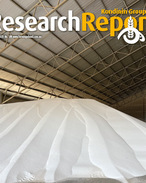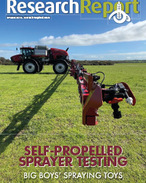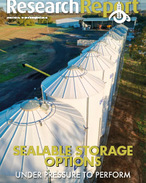This article is 8 years old. Images might not display.
DPI Seasonal Conditions coordinator Ian McGowen said during March rainfall was above average across more than half of NSW, particularly north eastern, northern, central and coastal NSW.
“Rainfall across the state ranged from 0-1170 mm during March,” McGowen said.
“Extremely heavy rainfall across areas of the coast resulted in flooding in the north east, while areas of the far west received little to no rainfall. Rainfall was also somewhat below average across areas of the south and the north west, and some patchy falls.”
The destruction of Debbie damaged pastures and crops on the north coast, including sugar cane and bananas, and increased the risk of root disease in soybeans..
McGowen said overall, pasture growth was affected by the hot and dry summer conditions.
“[It] remained low into March, particularly across western NSW, the western Riverina and western areas of the central west, north west and tablelands. Growth was also low in some areas of the upper Hunter valley and the coast,” McGowen said.
“The March rainfall stimulated the germination of annual grasses and legumes and the growth of perennial pastures across much of NSW. Good autumn and winter growth will be dependent on warmer conditions and follow up rainfall in many areas.
“Stock condition was average to good, with supplementary feeding of breeding and younger stock necessary in some areas until pasture quantity and quality is sufficient to maintain condition.”
McGowen said the March rainfall provided an early autumn break for farmers and graziers, although falls were lighter in the south and areas of the north west.
“ The break has allowed preparation for and sowing of dual purpose cereals and canola underway.
“The earlier sown crops have responded well, although follow up rainfall will be necessary soon, particularly in areas of southern and north western NSW.
“Paddock preparation is also underway particularly weed control, for main season winter crop sowings. Hybrid canola seed is in short supply, with the demand for seed high. In the south, rice harvesting is commencing. Yields from late sown summer crops in northern NSW have been affected by the hot and dry conditions over summer.”
The Bureau of Meteorology’s rainfall outlook for April to June indicates drier than normal conditions are likely across most of NSW, with daytime temperatures likely to be warmer than normal across the western half of NSW, areas of the far south east and far north east.























